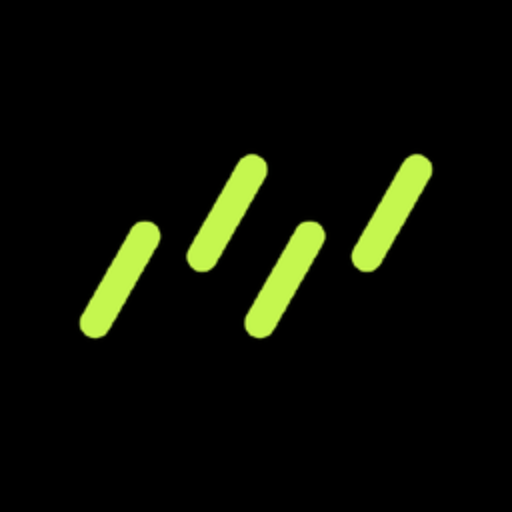Liquid Programming-dynamic templating language
AI-powered dynamic content generation
Related Tools
Load MoreLua God 💻
Develop High Level Scripts for: FiveM, Roblox, CSGO Skeet/NL or others. This GPT handles well any API also Jit, ffi, Bit or you can learn him your own. Made by Kubca & fivesense.io

Solidity
Advanced Solidity assistant and code generator with a focus on responsive, efficient, and scalable code. Write any smart contract and become a much faster developer.

Drizzle ORM Code Writer and Reviewer
Specializes in Drizzle ORM code writing and review.

Code Catalyst
Concise coding assistant for expert software engineers

Lime
Python expert focused on efficient, idiomatic code with best practices.

Lisp Programming Expert
Lisp programming expert, friendly and helpful. Lisp examples. Lisp training. [ Paypal Donations: [email protected] ]
20.0 / 5 (200 votes)
Introduction to Liquid Programming
Liquid is a flexible, safe language originally developed for use in Shopify stores. It is a template language created by Shopify and written in Ruby. Liquid is used to load dynamic content on storefronts, allowing merchants to display different types of data and content based on the context, such as products, collections, blogs, and more. Liquid files have the extension .liquid and are a mixture of HTML and Liquid code. The purpose of Liquid is to create a bridge between a store's data and the theme templates that render that data into a web browser. For example, you can use Liquid to loop through products in a collection, display product details, or dynamically change content based on user interactions.

Main Functions of Liquid Programming
Output
Example
{{ product.title }}
Scenario
This function allows you to display the value of a variable. In this example, the title of a product is displayed. This is useful for dynamically displaying data from your Shopify store, such as product details, customer information, or order details.
Logic
Example
{% if product.available %} In Stock {% else %} Out of Stock {% endif %}
Scenario
Logic functions like if/else statements let you create conditional content. This example checks if a product is available and displays 'In Stock' or 'Out of Stock' accordingly. This is helpful for providing contextually relevant information to users.
Iteration
Example
{% for product in collection.products %} {{ product.title }} {% endfor %}
Scenario
Iteration functions allow you to loop through a list of items. In this example, the code loops through all products in a collection and displays their titles. This is useful for generating lists of products, blog posts, collections, etc., dynamically.
Ideal Users of Liquid Programming
Shopify Merchants
Shopify merchants who want to customize their storefronts can benefit from Liquid. It allows them to tailor their store's appearance and functionality to better fit their brand and customer needs without needing deep technical knowledge.
Shopify Developers
Developers who build and customize Shopify themes will find Liquid indispensable. It provides the tools needed to access and manipulate store data, create dynamic templates, and develop custom functionality, enhancing the shopping experience.

How to Use Liquid Programming
Step 1
Visit aichatonline.org for a free trial without login, no need for ChatGPT Plus.
Step 2
Familiarize yourself with the basic syntax and concepts of Liquid by reviewing the official Shopify Liquid documentation.
Step 3
Experiment with Liquid code in a local development environment or on a Shopify store, using the cheat sheet for reference.
Step 4
Incorporate Liquid code into your Shopify themes, using it to dynamically display content based on your store’s data.
Step 5
Regularly test and debug your Liquid code to ensure it functions correctly across different scenarios and store configurations.
Try other advanced and practical GPTs
R Programming Assist
AI-Powered R Programming Guidance

Culture Concierge
AI-powered employee culture enhancement

GPT_Plus
Your versatile AI assistant for free.

Lily Girl Friend AI初恋女友
Your AI-powered personal assistant for emotional support and everyday tasks

Lingua Bridge
AI-powered translations with cultural context.

Free OCR | Photo / Image to Text with AI 🤖
AI-powered OCR for instant text extraction.

CodeMastery-Programming
AI-powered coding insights and guidance.

Programming
Your AI-Powered Programming Companion

Smartphones Tablets Accessories Shopping Guide
AI-powered tool to find your perfect tech.

🌟Palm Reader Pro
Discover Your Destiny with AI-Powered Palmistry

Medicine Rounds
AI-Powered Medical Insights for Professionals

Straight Answers Coach
AI-powered coaching for straight-line success.
- E-commerce
- Content Management
- Theme Development
- Static Sites
- Dynamic Pages
Liquid Programming Q&A
What is Liquid programming used for in Shopify?
Liquid is a templating language used in Shopify to dynamically generate HTML content based on store data. It allows developers to create flexible and customizable themes.
How can I display dynamic content using Liquid?
You can display dynamic content by using Liquid tags and filters. For example, you can loop through a collection of products using the {% for product in collection.products %} tag and display product details.
What are some common Liquid tags?
Common Liquid tags include {% assign %}, {% for %}, {% if %}, {% include %}, and {% capture %}. These tags control the logic and flow of your Liquid code.
Can Liquid be used outside of Shopify?
Yes, Liquid can be used in other applications that require a templating language, such as Jekyll for static site generation or other CMS platforms that support Liquid.
How do filters work in Liquid?
Filters in Liquid are used to modify the output of variables. For example, the filter | capitalize can be used to capitalize the first letter of a string, as in {{ 'hello' | capitalize }} which outputs 'Hello'.